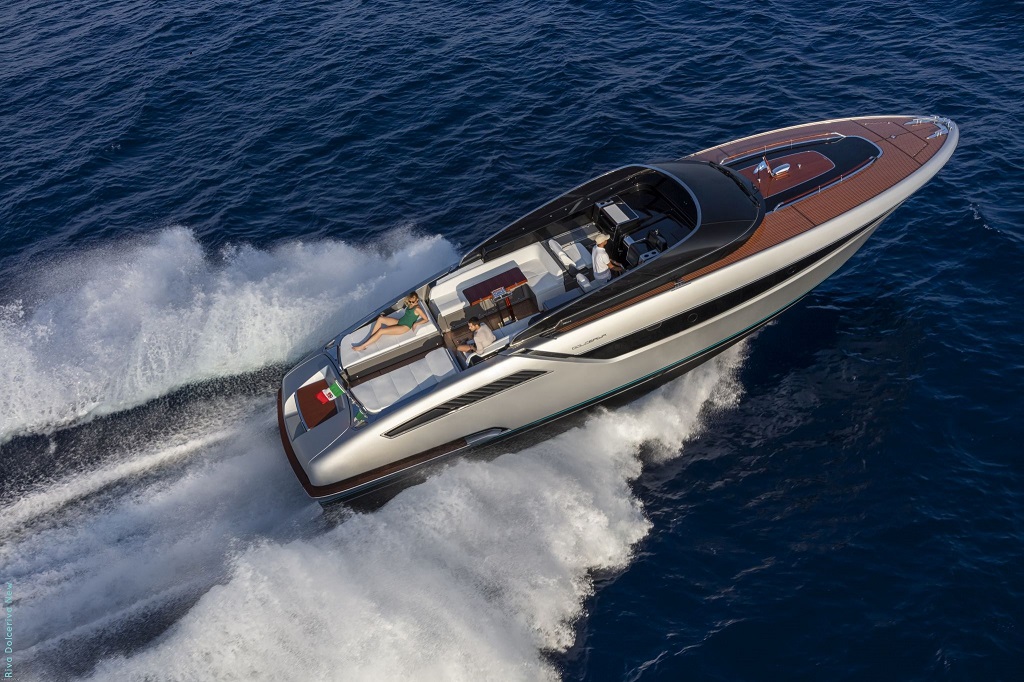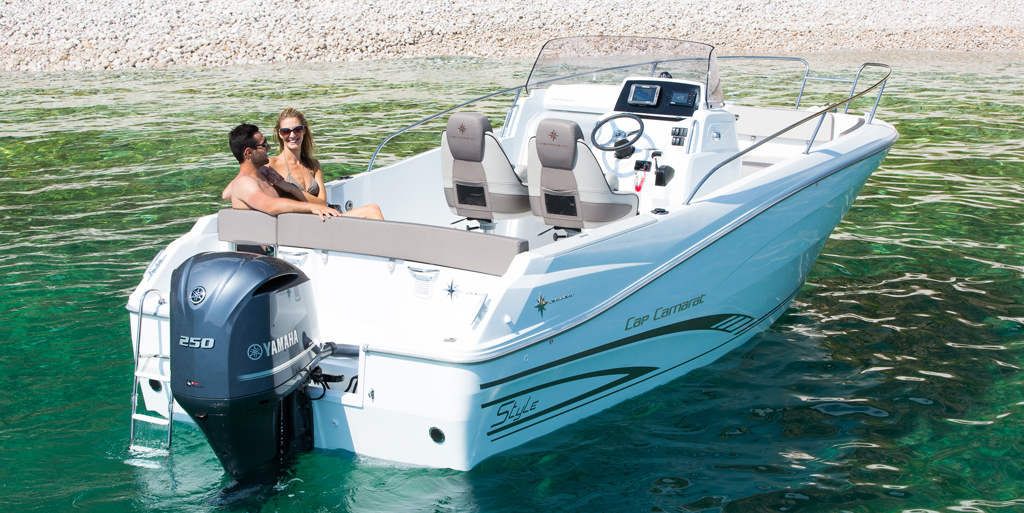
Inboard or outboard : Which engine is best for you?
The choice of powerplant on your yacht can make all the difference
The beating heart of your boat is the engine, and as such choosing the perfect one for your needs may be a little daunting. There are advantages and disadvantages to both inboard and outboard engines, which will be discussed at length here.
What are they actually?
An inboard engine is mounted inside the hull and is connected to the propeller via a driveshaft. Outboards are a self-contained unit mounted outside the transom. Their names reflect the location of the powerplant.
Smaller boats usually come with an outboard engine, as the size of the hull does not allow for an engine inside it, and bigger yachts usually have an inboard motor as they have more torque. Some yachts can be specified with either one.
The inboard engine

There are three types of inboard engines : true inboard, inboard/outboard (aka sterndrive), and jet drive.
True inboards have two sub categories as well. The direct-drive engine is placed towards the middle of the boat and angled downwards so the propeller is in a straight line behind the engine. The V-drive is placed right at the aft of the hull with its flywheel facing forwards, and so the driveshaft then comes down in a ‘V’ to attach to the propeller at the back of the boat.
Image courtesy of usedboatwarehouse.comImage courtesy of usedboatwarehouse.com
Why the difference? Well, a direct-drive configuration takes up more space, but has a more ideal weight distribution, while the V-drive saves space, but brings the weight of the boat aft, causing a higher tilt under acceleration.

A sterndrive has its engine inside the hull of the boat, but through a series of shafts and gears, convert the flywheel’s horizontal spin to a vertical one, and then back to a horizontal spin at the propellers. This means this system is generally a smaller overall package. As the drive system can be turned fully left or right, boats with these engines have no need for a rudder.
A jet drive is uncommon except on very small boats. The engine sucks water under the boat, then shoots it out at the end using an impeller, like in a jet ski. The lack of propellers makes it suitable for very shallow waters.
Torquey engines, handsomer lines
Generally, inboard engines, due to their complex engineering and automotive connections, offer significant advantages like superior fuel efficiency, quieter operation and superior torque.
Watersports like waterskiing and wakeboarding are best experienced with inboard engines. The boat’s transom is free for multiple tow ropes, and these boats have better wake control too. Moreover, a lower centre of gravity, coupled with a quieter operation, make them more suitable for easy cruising and leisure boating.
While beauty is in the eye of the beholder, the general consensus is that crafts with inboard engines are more aesthetically pleasing. After all, why buy a handsome boat, but mar its lines with bulky engines?
However, all of this comes at a cost, which is the major disadvantage of inboard engines. The engine will take up space in the hull, leaving less room for other purposes. Boats specified with inboard engines will always have a higher initial cost, as the engine itself is more complex and therefore expensive, not to mention the labour needed to fit it into the hull. Maintenance is more expensive too, with repairs being more complicated. Major repairs even necessitate lifting the yacht out of the water.
The outboard engine

Unlike the many iterations of its enclosed cousin, the outboard engine is simpler. The engine unit is divided into an upper section, which houses the power head, the middle section, which is bolted onto the transom, and the lower section, which is the drive system.
Outboards have a beautiful simplicity
Outboard engines are cheaper to buy, and cheaper to maintain. Due to their size and location, hull space remains unaffected. Boats with outboard engines also generally have a higher top speed, due to their higher operating rpms.
Where speed is necessary, outboard engines is the solution. So, fishing yachts and speedboats usually use it. They have a tighter turn ratio, which gives the impression of responsiveness, and have better low-speed manoeuvrability as a result too. Shallow waters are not an issue either, as the prop can be lifted out of the water easily.
However, as outboards have less torque, heavier yachts need more than one engine – and this then offsets its price advantage. Most boaters will say that outboard engines disrupt the aesthetics of a yacht, while some actually like the raw appeal of having ‘exposed’ engines.
Having said all that, neither configuration is better than another, and the choice of either really depends on your needs as a boater. While the difference in cost may play a part, we advise against it being the sole decision maker. It would be unwise, for example, to get a boat with an outboard motor due to its price, and then sell the boat at a loss when the noise is too much for your family. We are always available to give advice too, so feel free to get in touch with us.

